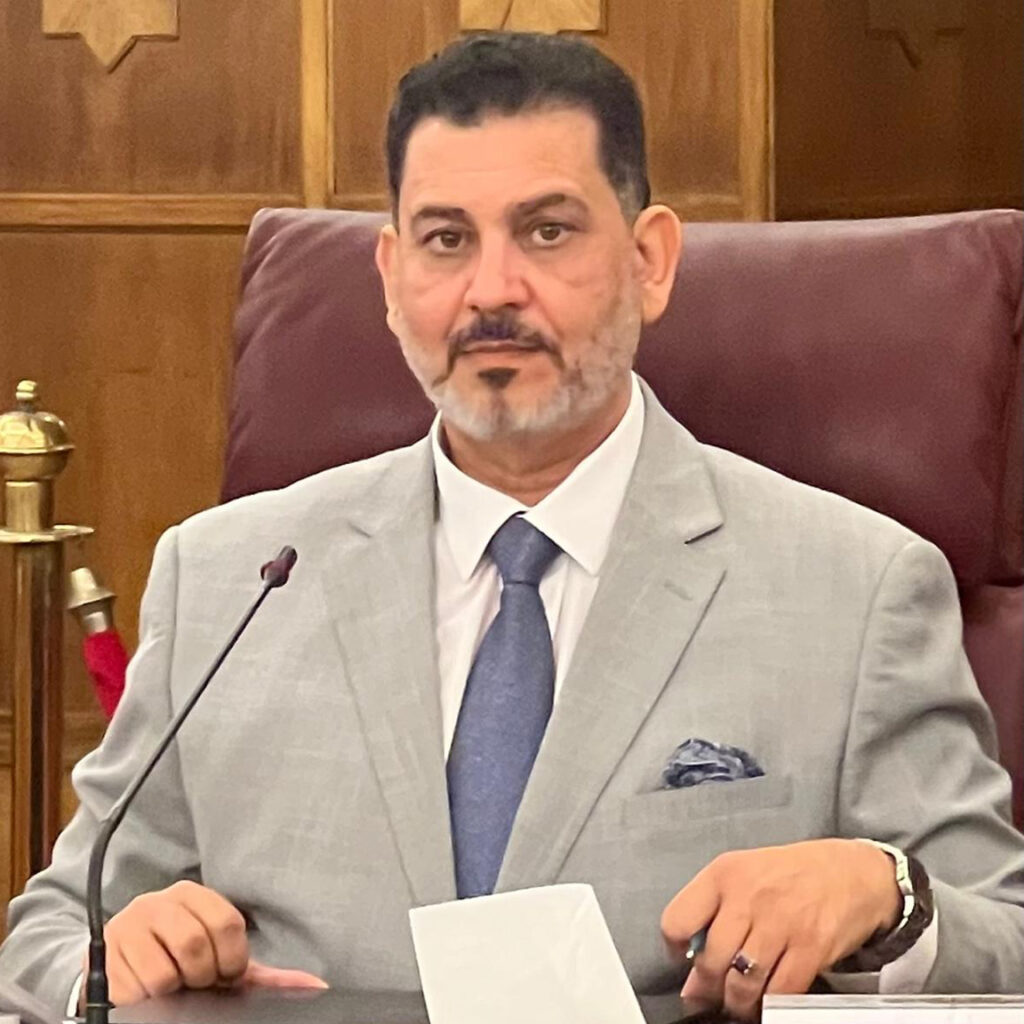Major crises and disasters are not merely exceptional events; they are defining moments that reveal the true strength of nations and societies. In moments of collapse or extreme danger, the social contract that binds a state to its citizens is tested: Can the state effectively mobilize and direct its resources? And do citizens possess the capacity for resilience and positive participation? It is here that the concept of resilience emerges as the cornerstone for transforming a crisis from an overwhelming burden into an opportunity for growth and innovation. Resilience is not just a theoretical term; it is a practical capability manifested at two integrated levels: the bottom-up resilience of society and the top-down resilience of institutions. When these two levels work in harmony, a nation makes the difference and turns a crisis into a genuine opportunity to demonstrate its strength.
First: Community Resilience – An Invaluable Asset
Aware and prepared communities represent the strategic reserve of any nation. The resilience of individuals and society is the first line of defense when crises strike, appearing in several forms. It begins with proactive risk awareness, as a citizen who knows the potential risks and how to respond in advance will act with composure when disaster hits. It is manifested in the self-organization of communities with strong local networks, which can internally manage the response, from resource distribution to protecting the most vulnerable. Modern digital platforms have also enabled digital and on-the-ground volunteerism, allowing thousands of volunteers to be mobilized in minutes to participate in relief efforts. At the core of all this lies the spirit of solidarity, as social cohesion prevents individuals from collapsing under psychological pressure and enhances everyone’s ability to endure together. This societal resilience does not appear suddenly; it is the fruit of mutual trust built between the state and society over many years.
Second: Institutional Resilience – Speed and Agility in Decision-Making
Government institutions are the backbone of the national response, but their strength lies not only in their size or authority but in their agility and speed of response. This resilience is achieved through a reliance on data-driven decisions, utilizing early warning systems and accurate databases that permit immediate action. Transparent communication through clear and continuous messaging prevents rumors and builds trust. Resilience also requires the smart management of resources, distributing them according to priorities and allocating them dynamically to ensure an effective response. Finally, applying calculated decentralization by granting local authorities the flexibility to make quick decisions without getting caught in bureaucracy is vital. A resilient institution is one that can lead major efforts while delegating details to the local community, which knows its own terrain and needs.
Third: When Society Meets the State – The Power of Synergy
True strength arises when the resilience of society harmonizes with the resilience of the state. It is then that the synergy that turns a crisis into an opportunity is achieved. In the UAE’s experience with the COVID-19 pandemic, the National Emergency Crisis and Disasters Management Authority (NCEMA) led a comprehensive government response, while society demonstrated widespread compliance and a massive volunteer mobilization through digital platforms, resulting in a global model of cohesion and trust. In Germany’s experience with the 2021 floods, while official bodies led rescue operations, thousands of volunteers flocked to support those affected, and social media networks transformed into a public operations room for coordinating efforts, proving that an organized society multiplies state efficiency. And Australia’s experience in the 2019-2020 “Black Summer” bushfires exemplifies institutional partnership, where the Rural Fire Service (RFS), composed of thousands of trained volunteers, was the first line of defense, showing how long-term investment in empowering the community mobilizes a formidable force reliant on deep local knowledge.
Fourth: Investing in Training and Capacity Building
Resilience is not achieved through last-minute decisions but through long-term investment in training and preparedness. At the citizen level, this requires continuous awareness campaigns on first aid, understanding alert systems, and digital literacy to distinguish correct news from rumors. At the institutional level, leaders and employees must be trained in agile management, effective communication under pressure, and managing complex partnerships. Vital private sector companies, such as those in telecommunications, energy, and logistics, must also be integrated into joint exercises to ensure the continuity of critical services. Every hour of training before a crisis is equivalent to days of effort during one.
Fifth: Societal Immunity Against Fear
Fear and panic during disasters often result from ignorance and a sense of helplessness. When people know what to do, fear is transformed into confidence, and chaos is transformed into an action plan. A trained government employee becomes a role model and a source of calm for their surroundings. An aware citizen transforms from a waiting victim into an effective first responder. This is what we call “societal immunity”—the psychological and moral capital that grants the state precious time to organize its larger response, relying on a community capable of absorbing the initial shock.
Sixth: From Crisis to Opportunity
Crises do not mean the end; they can be a new starting point. A resilient state and a resilient society are capable of turning a crisis into a moment of collective learning, building stronger trust between the citizen and the state, and enhancing the nation’s regional and international standing through a successful response model. Investing in building an aware and prepared society, agile government institutions, and effective partnerships with the private sector is what transforms severe tests into opportunities to demonstrate the nation’s strength.
Conclusion: Resilience is Not an Option but a Strategic Investment
In a world characterized by uncertainty and increasing disasters, national resilience becomes the most valuable strategic asset. A state that builds trust with its society earns public commitment during crises. A state that invests in training and readiness reduces its losses and enhances its response speed. A society that takes responsibility transforms from a passive recipient into an active partner in creating solutions. Resilience is what turns a crisis into an opportunity, and a challenge into a launchpad for innovation and national cohesion
![]()


